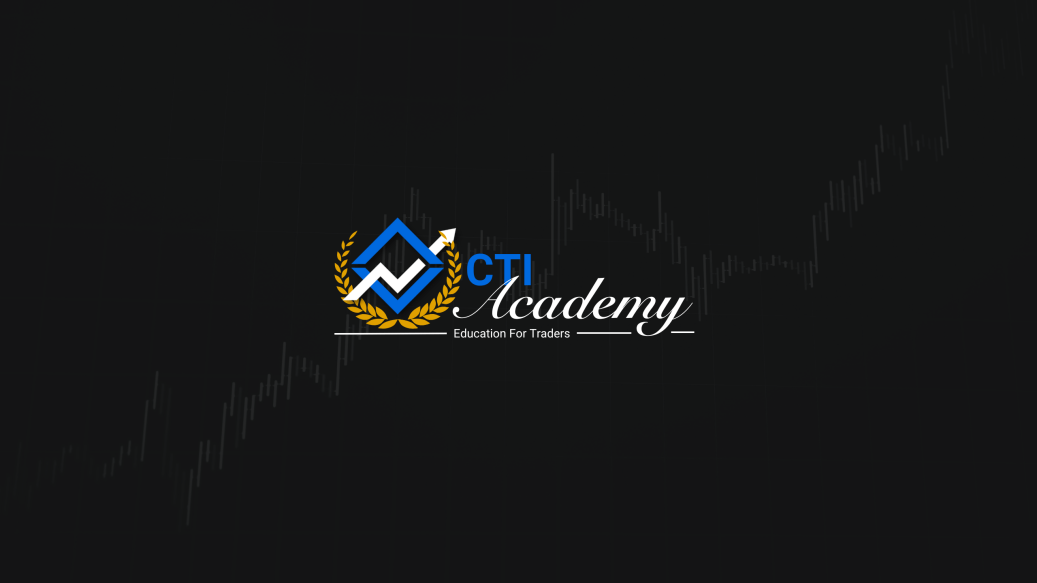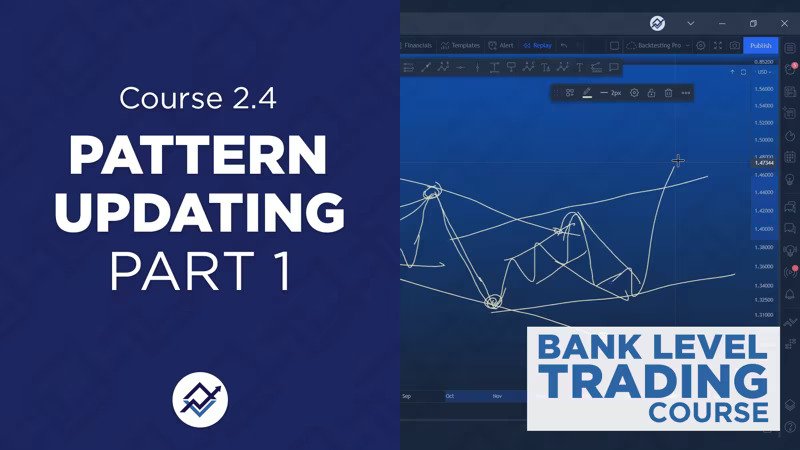Introduction
The world of commodities trading is vast, with products ranging from agricultural produce to metals and energy sources. Let’s explore this diverse and dynamic market.
Classifying Commodities
At the core, commodities are primarily classified into two broad categories: Hard and Soft commodities.
Hard Commodities
These mainly consist of natural resources, which are extracted. Examples include oil, gold, and other minerals. The subcategories can be further broken down into:
Metals
This can be segmented into precious metals like gold and silver, and industrial metals like aluminum and copper. Is gold a metal or commodity? It’s both – a precious metal and a vital commodity.
Energy
This includes oil, natural gas, and coal. Given the global shift towards sustainability, renewable energy trading is becoming increasingly significant.
Soft Commodities
These are primarily agricultural or livestock products. Examples include wheat, coffee, cotton, and livestock. The main classification of food commodities, for instance, could involve grains, pulses, fruits, vegetables, and dairy.
Commodity Trading in Depth
Agricultural Commodities
This involves trading in staple crops and animals. Some of the top 3 agricultural commodities globally include soybeans, corn, and wheat. Items like onions, though essential in many cuisines, are also traded as commodities.
Energy Commodities
These deal with energy sources. Fossil fuels like oil and coal have traditionally dominated this space, but renewable energy sources are gaining traction. Energy trading models can be complex, incorporating factors like demand and supply forecasts and geopolitical events. With the world moving towards cleaner energy, trading energy derivatives like those for solar or wind energy is becoming more common.
Metal Commodities
These revolve around metals, both precious and industrial. While gold is one of the most heavily traded commodities globally, other metals like aluminum and zinc also see significant trading volume.
The Dynamics of Commodities Trading
Trading commodities can be direct (spot market) or through derivative contracts like futures. The objective is to profit from price fluctuations. While trading commodities can be profitable, it’s also risky due to the volatile nature of commodity prices.
Various factors, ranging from geopolitical events to weather patterns, can influence commodity prices. For instance, a drought could impact wheat production, leading to price hikes.
A Peek into the Future
Given global challenges like climate change, the commodities market is poised to see shifts. There will be an increasing focus on sustainable and renewable commodities. This is already evident with a growing interest in electric energy as a commodity and significant investments in renewable energy sources.
Concluding Thoughts
Commodities trading plays a pivotal role in global economics, impacting everything from what we eat to the cars we drive. As with any trading venture, success in commodities trading requires thorough research, keen market insights, and an understanding of global trends.





